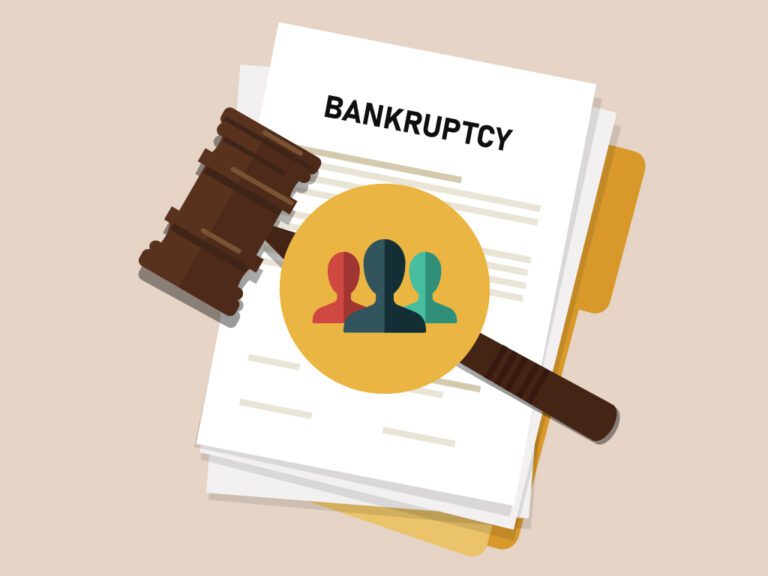Fifth Circuit Limits Recovery in Bankruptcy Preference Actions
September 5, 2025

The Fifth Circuit Court of Appeals has clarified the limits of recovery under the Bankruptcy Code in the context of preference claims.
A Duane Morris alert explains that the ruling stems from consideration of a case arising from Sanchez Energy Corporation’s reorganization, In re Sanchez Energy Corporation, et al., v. Delaware Trust Company.
The court ruled that a debtor may recover either the transferred property or its value, but not both.
The decision vacated a bankruptcy court judgment that had effectively allowed a double recovery by assigning value to liens that had already been released under the confirmed plan.
The dispute originated in Sanchez Energy’s 2019 Chapter 11 case in the Southern District of Texas. During the 90-day preference period, secured creditors perfected liens on most of the debtor’s assets, prompting avoidance litigation.
The debtor’s confirmed plan released all liens while establishing a three-step litigation process to determine the allocation of reorganized equity.
The bankruptcy court later found the DIP liens invalid and the pre-petition liens avoidable, then assigned a hypothetical value to those avoidance claims even though the liens had already been discharged.
That allocation heavily favored unsecured creditors, thereby reducing the share of secured creditors in the reorganized equity.
On appeal, the Fifth Circuit held that Section 550 of the Bankruptcy Code permits recovery of either the property transferred or its value, but Section 550(d) expressly limits recovery to a “single satisfaction.”
Because the liens had already been returned through the plan’s release provisions, the bankruptcy court erred by attributing additional value to them.
The court further concluded that once the DIP liens were found valid, their holders were entitled to the entirety of the reorganized equity.
This decision has important implications for Chapter 11 practice. Preference claims pursued through litigation or liquidating trusts cannot be valued separately once liens are released under a plan.
Debtors and trustees must account for the single satisfaction rule when structuring recoveries, and secured creditors should view plan releases as a potential defense to future avoidance actions.
Critical intelligence for general counsel
Stay on top of the latest news, solutions and best practices by reading Daily Updates from Today's General Counsel.
Daily Updates
Sign up for our free daily newsletter for the latest news and business legal developments.




